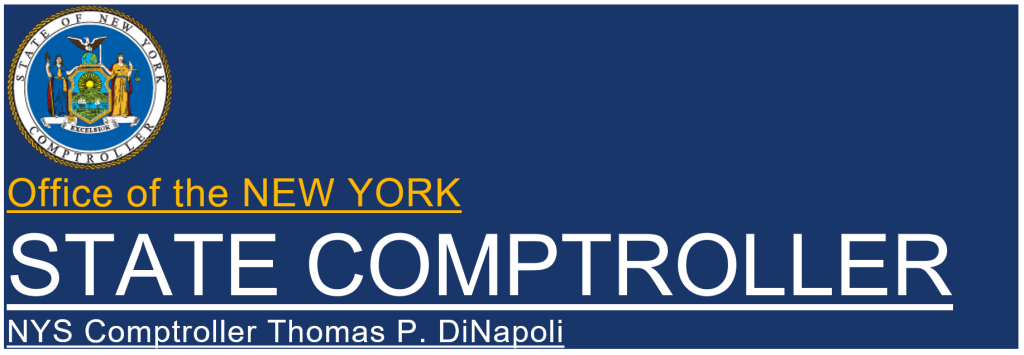 Protection of Managed Pollinators (Honey Bees)
Protection of Managed Pollinators (Honey Bees)
Issued Date
January 19, 2023
Agency/Authority
Agriculture and Markets, Department of
Objective
To determine whether the Department of Agriculture and Markets (Department) is adequately monitoring the health of honey bee pollinators to prevent and mitigate harmful effects to their populations. This audit covered the period January 2017 through August 2022.
About the Program
Wild and managed pollinators are critically important to the health of New York State’s environment and agricultural economy. The State has more than 7 million acres of agricultural production, and many of the State’s leading crops – such as apples, cabbage, and berries – rely heavily on pollination by insects. These crops’ plants use pollen to produce a fruit or seed and cannot reproduce without pollen carried to them by foraging pollinators. However, the pollinator population has declined drastically during the last three decades due to, among other issues, invasive pests and diseases (including American foulbrood – a highly contagious and very destructive bacterial disease), exposure to pesticides and other chemicals, and changing climate. In 2016, the State developed the New York State Pollinator Protection Plan (Plan) to address the high loss of pollinators in the State. The Plan is a multiagency effort, with the Department primarily responsible for managed pollinators, typically honey bees. Honey bees are essential to the agricultural industry for the pollination services they provide. According to the U.S. Department of Agriculture, honey bees pollinate $15 billion worth of crops in the United States each year. About one-third of the food eaten by Americans comes from crops pollinated by honey bees, including more than 130 types of apples, melons, cranberries, pumpkins, squash, broccoli, and almonds, to name just a few. Therefore, honey bees are the United States’ primary commercial pollinator.
Beekeepers are generally private individuals or companies that raise and care for colonies of honey bees. In 2007, under sections of the State’s Agriculture and Markets Law, beekeepers were required to register their apiaries for the purpose of assessing the size and condition of the State’s honey bee population. This requirement was eliminated in 2010 but then reinstated in 2021. In December 2021, Article 15 of the Agriculture and Markets Law (Law) was amended to include the Cooperative Honey Bee Health Improvement Program (Program), which, among other actions, reinstated the apiary registration requirements. One goal of the Program is to document the health of the State’s managed pollinator population, including the presence of parasites, diseases, and environmental threats. To this end, the Department may, at its discretion, perform general inspections of apiaries for the presence of infections, contagious or communicable diseases, insects and parasitic organisms adversely affecting bees, and species or subspecies of bees that are harmful to the State’s managed bee population, crops, or other plants. The Department also conducts apiary inspections to certify nucleus colonies (nucs) and queens for sale or transport. Where honey bees are being shipped into the State, the Law also requires a permit from the Department or a certificate from the state of origin attesting that the honey bees are disease-free. These documents should certify that a proper inspection was made no sooner than 60 days preceding the date of shipment.
Key Findings……
To read the whole document go to, Protection of Managed Pollinators (Honey Bees) | Office of the New York State Comptroller
We are here to share current happenings in the bee industry. Bee Culture gathers and shares articles published by outside sources. For more information about this specific article, please visit the original publish source: Protection of Managed Pollinators (Honey Bees) | Office of the New York State Comptroller








